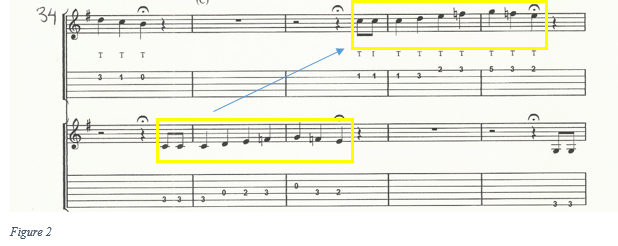Works Cited
Adams, Courtney
S. Organization in the Two-Part Inventions of Johann Sebastian Bach, Part II.
3rd ed. Vol. 13. N.p.: Riemenschneider Bach Institute, n.d. Print.
Cantwell, Robert.
Bluegrass Breakdown: The Making of the Old Southern Sound. Urbana: U of Illinois, 1984. Print.
Dreyfus,
Laurence. Bach and the Patterns of Invention. Cambridge, MA: Harvard UP, 1996.
Print.
"Dueling
Banjos by Eric Weissberg and Steve Mandell Songfacts." Dueling Banjos by
Eric Weissberg and Steve Mandell Songfacts. N.p., n.d. Web. 26 Oct. 2014.
Grove, George.
The New Grove Dictionary of Music and Musicians. 2nd ed. N.p.: Oxford UP, 2004.
Prinstory of Bluegrass Music." International Bluegrass Music Association.
N.p., n.d. Web. 02 Nov. 2014.
"How to
Study the Two-Voiced Inventions of Bach." - Music Of Yesterday. N.p., n.d.
Web. 26 Oct. 2014.
"The
Inventions and Sinfonias." J. S. Bach: Inventions and Sinfonia. N.p., n.d.
Web. 26 Oct. 2014.
Rosenberg, Neil
V. Bluegrass: A History. Urbana: U of Illinois, 1985. Print.
Sherman, Bernard
D. "Bach and the Patterns of Invention, Reviewed by Bernard D. Sherman in Fanfare." Bach and the Patterns of Invention, Reviewed by Bernard D.
Sherman in Fanfare. N.p., n.d. Web. 25 July 2015.
Discography
"Dueling
Banjos Deliverance." YouTube. YouTube, n.d. Web. 04 Nov. 2014.










